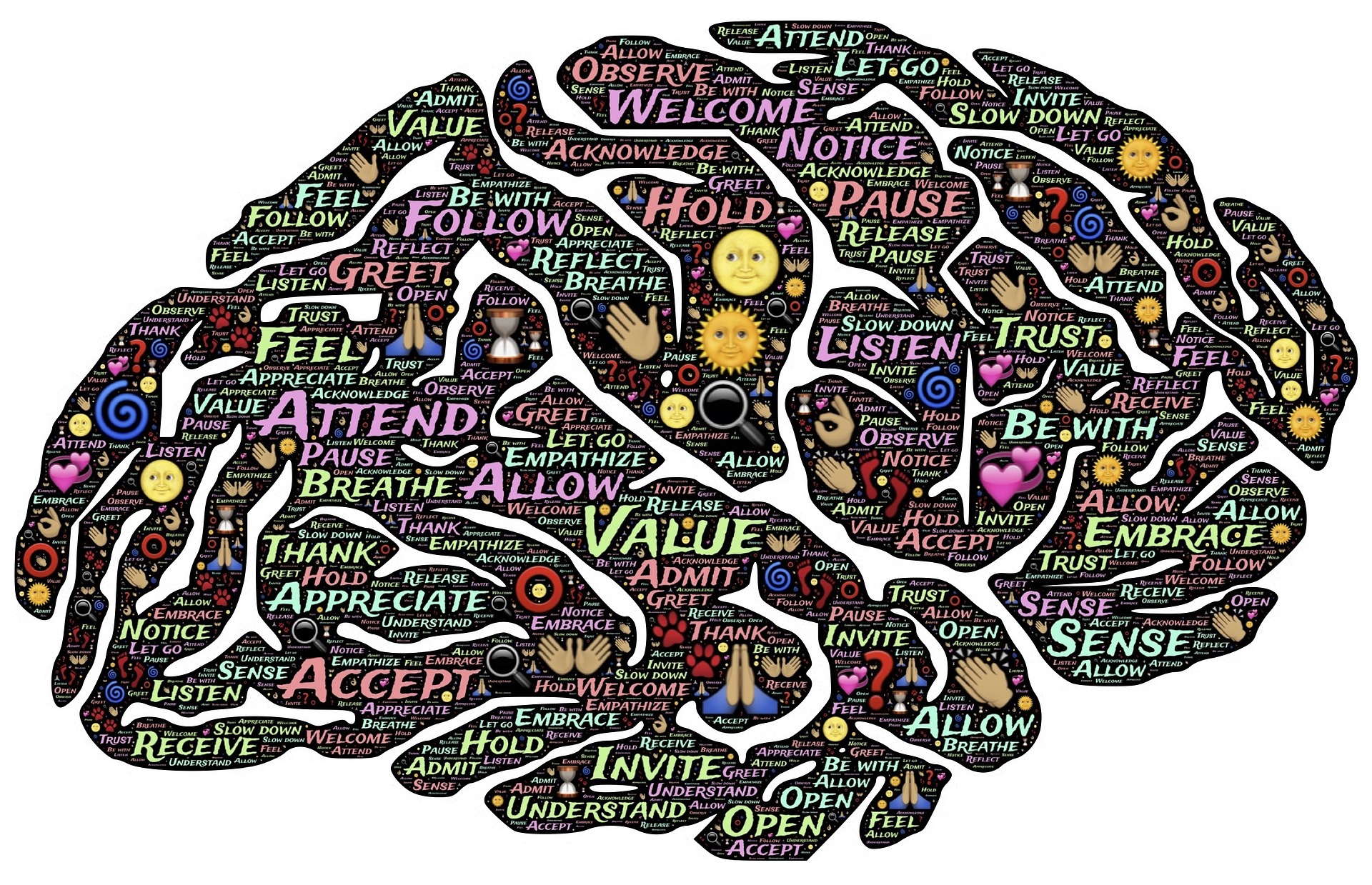
Meditation: The Power of a Calm Mind
Mental and physical benefits
On the whole, “meditation” is nothing more than an overall expression for various methods of reaching a mentally clear and emotionally calm and stable state.
Technically, though, “meditation is a practice that involves focusing or clearing your mind using a combination of mental and physical techniques,” according to one definition among many. The practice helps to train attention and awareness, and to reduce anxiety and stress.
Importantly, meditation has also been proven to “effectively counter heart disease, chronic pain, and other conditions. It is also valuable in improving emotion regulation,” as stated in Psychology Today. That’s because meditation produces an effect on “areas of the brain that modulate the autonomic nervous system, which governs such functions as digestion and blood pressure—functions heavily affected by chronic stress.”
But, you might ask, “What’s in it for me, exactly?”
Advantages
Meditation can favorably affect both your brain and body.
Indeed, studies conducted for example by the Mayo Clinic, the internationally respected non-profit academic medical center, show that meditation is extremely beneficial, with more positive benefits than previously suspected, despite often being a misunderstood or overlooked practice. Modern diagnostic and imaging technologies – such as electroencephalography, which measures electrical activity in the brain, and functional magnetic resonance imaging, an MRI scan that reveals brain activity – show the effects of meditation on brain structure and function. Results indicate that meditation can help relieve subjective levels of anxiety and depression, and improve attention, concentration, and general psychological well-being.
Types of meditation
A practice historians believe originated in India several thousand years ago, meditation today is taught in schools, prisons, the armed forces, businesses, and even in political circles. Because of its therapeutic benefits, one particular type, called mindfulness meditation, is recommended by the British National Health Service and other health providers because it can be more effective than the use of antidepressant drugs, as reported in the medical journal JAMA Psychiatry. One study revealed that “mindfulness meditation had a significantly larger effect on alleviating military-related Post Traumatic Stress Disorder (PTSD) symptoms compared with control conditions, such as treatment as usual, present-centered group therapy and PTSD health education.”
While there are various types of meditation, they all at a minimum help reach heightened inner peace. Just a few of the most practiced methods of meditation in addition to mindfulness meditation include progressive muscle relaxation meditation, breath meditation, transcendental, spiritual, mantra, and insight (Vipassana) meditation. The commonality of these and other techniques is that they offer various but effective routes to an improved awareness of the present moment, aside from the many resulting benefits available both mentally and physically.
Comfort, happiness, and health
Meditation does not replace professional medical care but adding it to other treatments has proven to greatly enhance overall well-being. Finding the most beneficial and comfortable method of meditation need not be confusing. “It’s what feels comfortable and what you feel encouraged to practice,” according to Mira Dessy, an American meditation author and holistic nutritionist.
British biologist and author Rupert Sheldrake affirms that people who meditate regularly undertake a journey that can take them far beyond their existing beliefs and limitations, while making them both happier and healthier. As he states in his book Science and Spiritual Practices: “Finding times and places to be silent is one of the simplest ways to expand our sensory and spiritual awareness.”


